Geography of the land, the Brahmaputra, forests, tea, flowers, oil, gas, coal and fishes existed before man inhabited Assam. Migration of people into the land and the consequent intermixing for the centuries helped develop an anthropological identify of Assam, despite continuation of tribal distinctions. Assam has passed through ages, and heritage is found in abundance in areas of engineering, architecture, sculpture, paintings, musical instruments, utensils, ornaments, silk production and food habits.
The Assamese languages developed with distinct qualities. Folklores, festivals and dance traditions enriched Assamese literature and literatures of other indigenous languages like Bodo. In course of time, drama and theatre forms, film making and print media had expanded the scope of societal interactions.
The greater Asamese society was significantly strengthened by saint Sankardev’s doctrine and cultural innovations. The institutions of naamghars and satras acted as great forces of cohesion and transformation. After the era of Snakardev and Madhavdev, the prominent personalities like Lakshinath Bezbaroa, Jyotiprasad Agarwala. Bishu Prasad Rabha and Bhuppen Hazarika further moulded the composite art, culture and literature of Assam.
Guwahati, the historic Pragiyotishpur, and now the gateway to the North-East, is a place of pride. Though there is much to be achieved in the economic sector, non-governmental organizations like the Assam Sahitya Sabha. Srimanta Sankar Sangha, Assam Science Society and All Assam Students’ Union continue to pursue their objectives for betterment of Assam. The book weaves a thread of continuity to depict the harmonious life of Assam. The colourful photographs are the added features of the book.

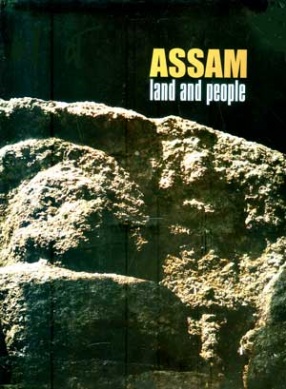
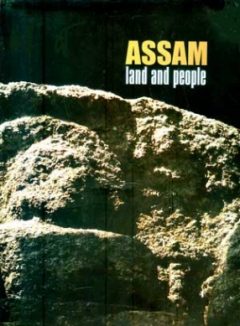

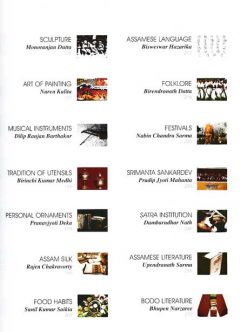
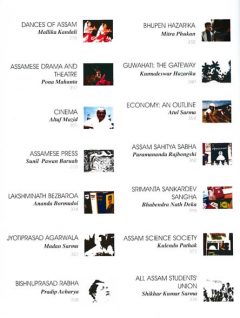
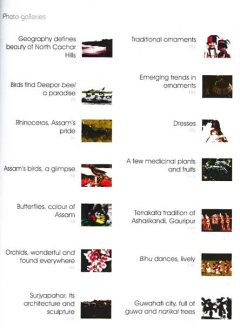
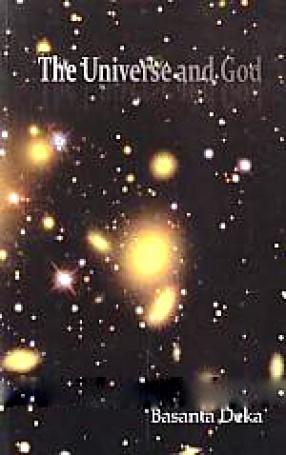
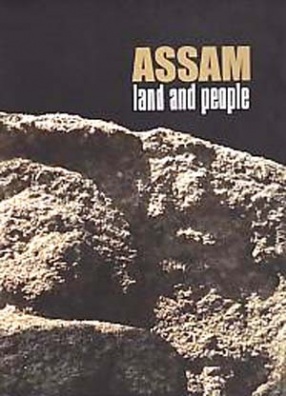
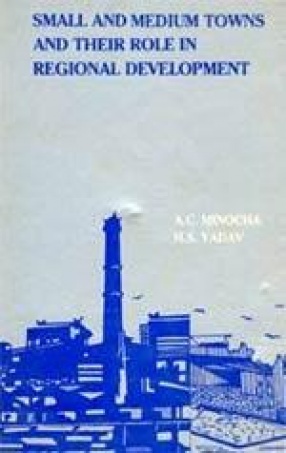
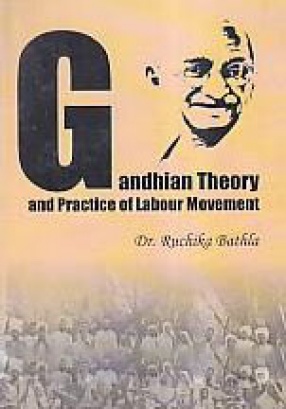
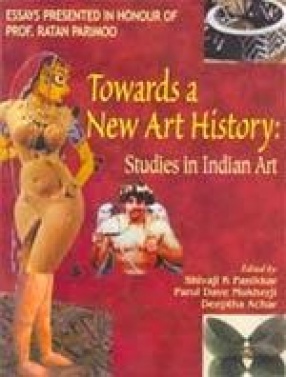
There are no reviews yet.